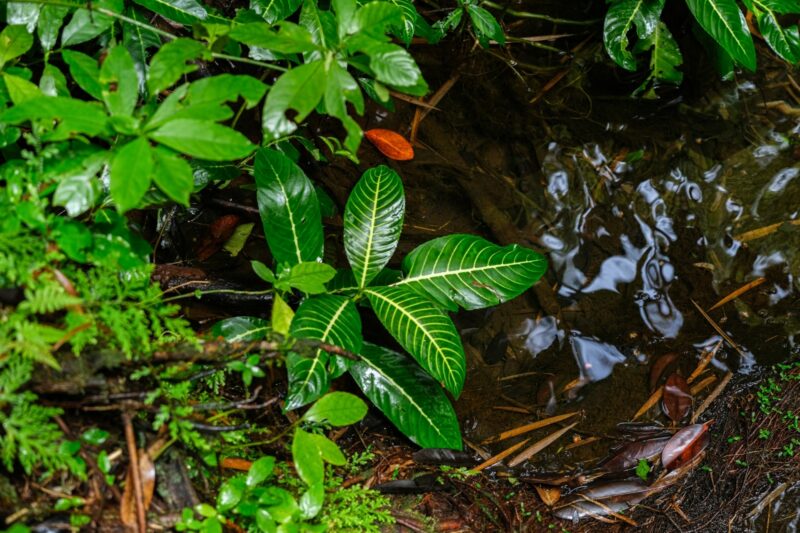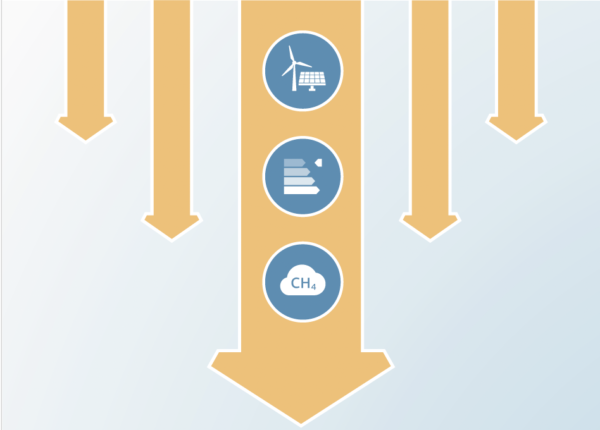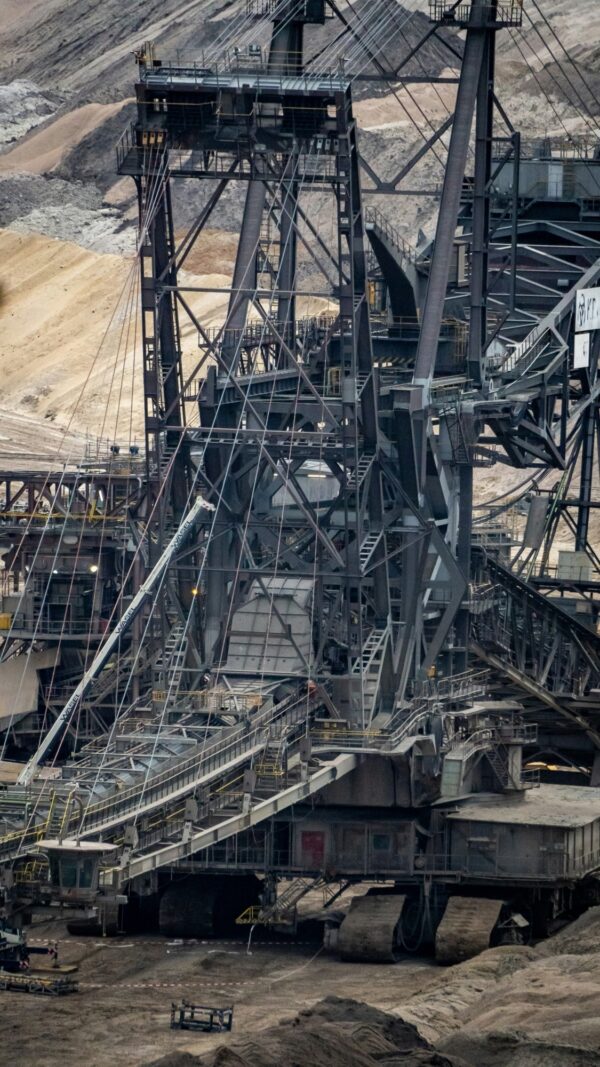Freshwater stress on small island developing states: population projections and aridity changes at 1.5 and 2°C
Authors
Kristopher Karnauskas, Carl-Friedrich Schleussner, Jeffrey Donnelly and Kevin Anchukai
Share

Small island developing states (SIDS) face multiple threats from anthropogenic climate change, including potential changes in freshwater resource availability. This article presents projections of future changes in aridity on small islands and evaluates overall changes in freshwater stress in SIDS at warming levels of 1.5 and 2°C above pre-industrial level.
Due to a mismatch in spatial scale between SIDS landforms and the horizontal resolution of global climate models (GCMs), SIDS are mostly unaccounted for in GCMs that are used to make future projections of global climate change and its regional impacts. Specific approaches are required to address this gap between broad-scale model projections and regional, policy-relevant outcomes.
Here, we apply a recently developed methodology that circumvents the GCM limitation of coarse resolution in order to project future changes in aridity on small islands. These climate projections are combined with independent population projections associated with shared socioeconomic pathways (SSPs) to evaluate overall changes in freshwater stress in SIDS at warming levels of 1.5 and 2°C above pre-industrial levels.
While we find that future population growth will dominate changes in projected freshwater stress especially toward the end of the century, projected changes in aridity are found to compound freshwater stress for the vast majority of SIDS. For several SIDS, particularly across the Caribbean region, a substantial fraction (~ 25%) of the large overall freshwater stress projected under 2°C at 2030 can be avoided by limiting global warming to 1.5°C.
Our findings add to a growing body of literature on the difference in climate impacts between 1.5 and 2°C and underscore the need for regionally specific analysis.











